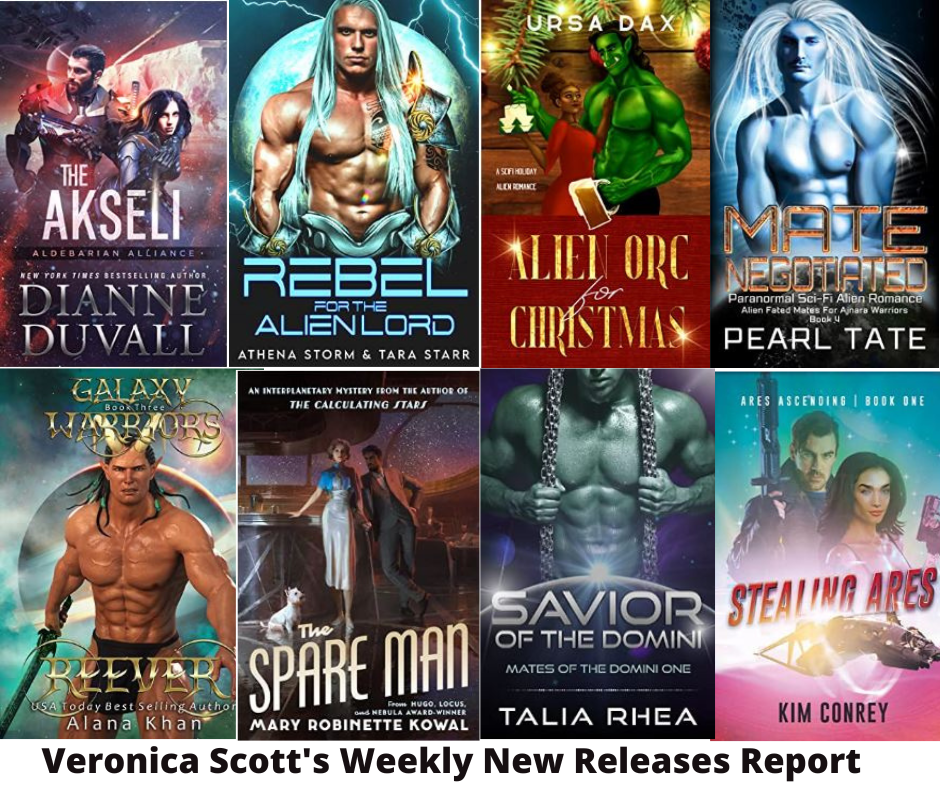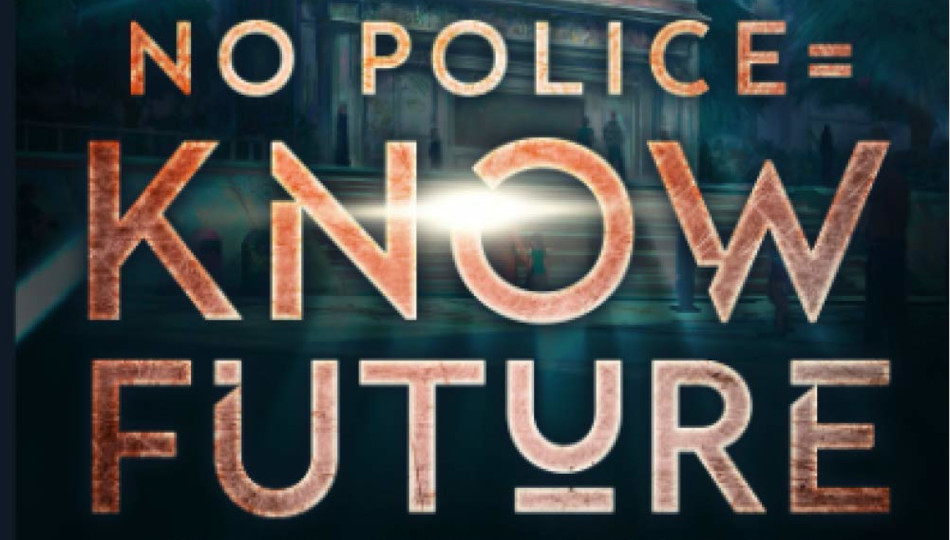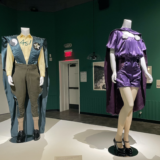Just in time for Halloween, authors, academics, and podcast co-hosts Lisa Kröger and Melanie R. Anderson have released a compendium of just about every horror book recommendation you could possibly need. Monster, She Wrote: The Women Who Pioneered Horror & Speculative Fiction features biographies of female horror authors dating from the 17th century to today, overviews of movements within the genre, and—perhaps most vitally—guides for who and what to start reading. From the classic Gothic tales of Ann Radcliffe and Mary Shelley to the modern chills of Helen Oyeyemi and Sarah Waters, Monster, She Wrote is the perfect introduction for fledgling readers of the genre, and a canon-expanding exercise for tried and true fans.
Monster, She Wrote has the curatorial quality of a literary anthology, the historical rigor of an academic text, and the pleasure of a picture book. The work it is doing—not to add female writers to a male canon, but to argue that they’ve been there all along—is a cultural conversation well worth having, as many times as we have to have it. Women have always been writing horror and speculative fiction, and their experiences—both personal and political—have shaped the multitude of creators that have followed them. Kröger and Anderson demonstrate this, and seem to have had a great time doing so. This book is not just a dry accounting: it’s fun, and it makes you excited to live in a world with such an excellent library to choose from.
Monster, She Wrote’s table of contents is divided by general movements within the genre (the Goths! The Spiritualists! The Pulps!). Each author receives a brief (but quite rigorous) biography, in addition to a reading list divided into the categories, “Not to be missed,” “Also try,” and “Related work.” These reading lists are, I think, the most valuable aspect of the book because they draw connections between the works and make the overall project more expansive than one might anticipate based on table of contents alone. There are simply too many great authors to cover in 290 pages, and Kröger and Anderson are skillful enough to gesture to this without overwhelming their readers. They are careful and generous guides through the ages, and each author the book covers is so obviously chosen with both regard and attention to defining characteristics such as race and sexuality. However, I did find it odd that the book would reference Octavia Butler quite so often without giving her a section of her own. It’s the only complaint I have about an otherwise attentive curation.

Besides these disparate chapter headings, cultural and historical throughlines abound in Monster, She Wrote, connecting authors over centuries, traditions, and ideologies. The personal grief of the authors is a big one, as is the inextricable link between class, career, and gender. Recurring horrific images withstand the test of time as well—we love a haunted mansion as much now as we did in the nineteenth century, and there’s still nothing creepier than the ghost of a child. One of the more surprising threads that weaves throughout this book, though, is the vitality of archiving and backlist publishing. Again and again, Kröger and Anderson refer to books that are all but lost to time and anthologization, that are widely available in the public domain, or that have been resuscitated by presses such as Valancourt Books. The project of Monster, She Wrote, whether intentional or not, seems to be as much about preserving these works and making them widely accessible as much as it is about recommending them for the pleasure of reading. Bibliographers and publishers, not just horror fans, take note!
Monster, She Wrote is a delightful art object as well, full of charmingly creepy illustrations by Natalya Balnova. True to form for a Quirk Books publication, the thing is designed to a T: green, blue, and black makes for an unsettling but not-at-all-cliché palette, and it is just the right size, texture, and heft for an occasional reference browsing. Being as it is a guide—a rather in-depth one, at that—I can’t recommend reading it straight-through as I’ve done for this review. The width and breadth of the literary landscape covered by Kröger and Anderson is as overwhelming as it is exciting. My to-read list has grown astronomically in the course of reading it, which is, as always, a great and terrible thing (I had to re-visit Linda Holmes’ article on cultural FOMO just to cope). Monster, She Wrote is worth savoring—even if only because you’ll want to consume the books it references voraciously as you go.
Monster, She Wrote is available from Quirk Books.
Read selections from the book here.
Em Nordling reads, writes, and manages research in Louisville, KY.










